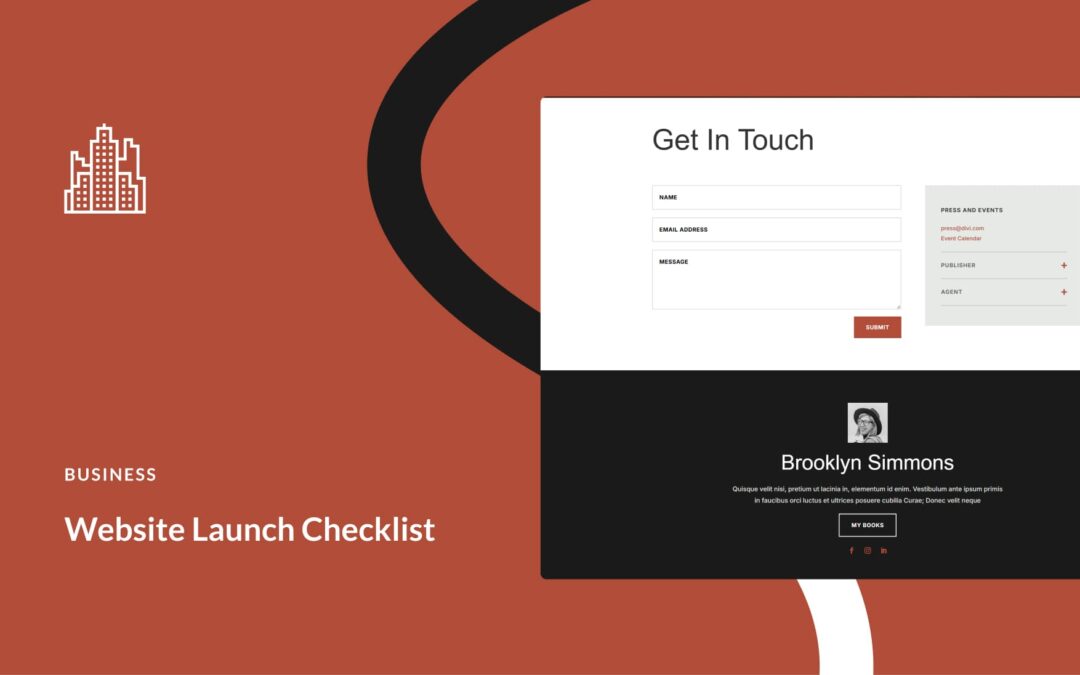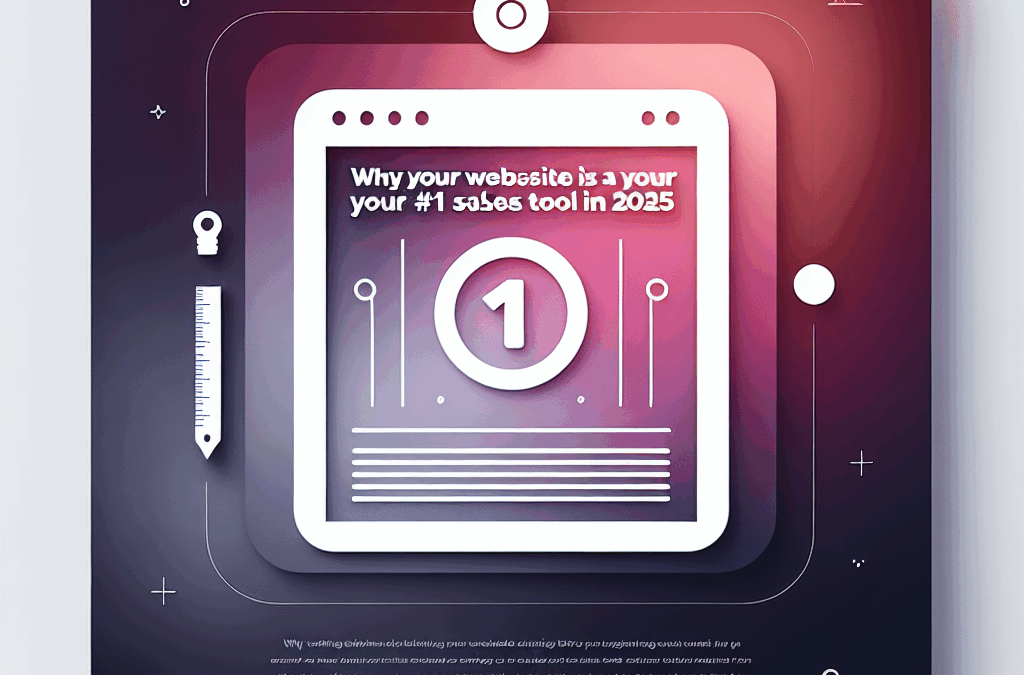Unlocking the Power of Social Media Analytics for Your Business
Ever feel like your social media posts are just floating in cyberspace, barely making a ripple? You’re not alone. With over 4.5 billion social media users worldwide, it’s crucial for your business to stand out and connect. But here’s the kicker: just being on social media isn’t enough. You need to harness the power of social media analytics to make sure your posts are actually hitting the mark.
Imagine knowing exactly what type of posts resonate with your followers, which platforms are driving the most traffic, and what strategies are boosting your sales. Sounds good, right? That’s where social media analytics comes into play — and it could be the game-changer your business needs.
Why Social Media Analytics Matters
Using social media analytics gives you insights into what’s happening with your audience—like knowing which taco stand is most popular during lunch hour. Here’s why it’s a game changer for local businesses like yours:
- Know Your Audience: Dive deeper into who your followers are and where they hang out. Do they chill on Instagram or prefer Facebook?
- Track Performance: Determine which platforms are bringing in the most traffic. Compare your data against social media benchmarks to see how you stack up.
- Optimize Content: Identify which types of posts lead to engagement. Is it videos, memes, or helpful tips?
- Measure Campaign Success: Get insights on what’s working and what isn’t in terms of your ads and campaigns.
- Build a Tailored Strategy: Develop a strategy that aligns with your specific goals, whether it’s boosting sales or enhancing customer service.
Getting Started with Social Media Analytics Reports
Social media reports are how you’ll gauge your success and tweak your strategy. Think of them as your business’s report card. They show you key metrics like engagements and impressions for your various posts.
Many analytics tools simplify the report process. Some provide data from single platforms, while others bring together insights from multiple channels. And the best part? They’re often customizable, letting you focus on what truly matters to your business.
Some elements you might want to customize in your reports include:
- Important Stats: Focus on the data points that directly impact your goals.
- Timeframes: Whether you want a weekly snapshot or a monthly overview, you set the terms.
- Growth Over Time: See how your metrics improve, or identify areas that need a little extra love.
For a deep dive into crafting impactful monthly reports, check out resources from HubSpot on creating a successful monthly social media report.
Types of Reports You Should Consider
While diving into social media reports, here are different types you might come across:
-
Audience Analytics: Keep an eye on your follower count and watch your community grow over time.
-
Published Posts Analytics: Check how many posts you’ve shared and their engagement.
-
Interactions Report: Track likes, shares, and comments to gauge what your audience enjoys.
-
Clicks Analytics: Measure how many people are clicking through your posts.
-
Shares Analytics: See how many times your content is shared by followers.
-
Impressions Report: Monitor how many views your posts get across platforms.
- Sessions Report: Analyze how many web sessions come from social media traffic.
- New Contacts Report: Keep track of new leads generated through your social channels.
Choosing the Right Tools for Analytics
With a variety of tools available to understand social media metrics, it might feel overwhelming. But don’t worry, there are some excellent options:
-
HubSpot Social Media Software: Integrated tools that give insight into your audience’s journey. Try their tools free for 30 days.
-
Buffer: Offers deep analytics to help grow your brand’s presence.
-
Sprout Social: Provides analytics on customer interactions and content performance across platforms.
-
Hootsuite: Great for customizable reports that keep your team aligned and focused on ROI.
- Mentionlytics: Tracks brand mentions and sentiments, helping you gauge public perception about your business.
Once you find analytics tools that fit your goals, you’ll start seeing how they can drastically improve the way you connect with your audience.
How to Make It Work for You
Ready to take the plunge? Start with these steps to track your social media analytics effectively:
1. Set SMART Goals
- Be Specific, Measurable, Attainable, Relevant, and Time-bound with your social media objectives.
2. Decide What to Track
- Focus on essential metrics such as reach, engagement, and social ROI. Choose the metrics that will provide the most actionable insights for your brand.
3. Pick Your Tools Wisely
- Choose tools that not only help track analytics but also integrate with your workflow. Think about budget, features, and compatibility.
4. Evaluate Success
- After implementing your strategy, analyze if you met your SMART goals. Did the metrics you focused on tell a meaningful story?
5. Adjust as Necessary
- If something isn’t working, don’t hesitate to reassess your metrics or your tools. Adapt and evolve as your business needs change.
Wrap It Up
Tracking your social media analytics can transform how you connect with your customers. It’s all about understanding what works, refining your approach, and ultimately boosting your bottom line. So, are you ready to unlock the true potential of your online presence? Hit us up at Ericks Web Design — we’re here to help you turn those social media efforts into real results.
Let’s get those leads rolling in!
Source:
https://blog.hubspot.com/marketing/data-worst-performing-headlines










